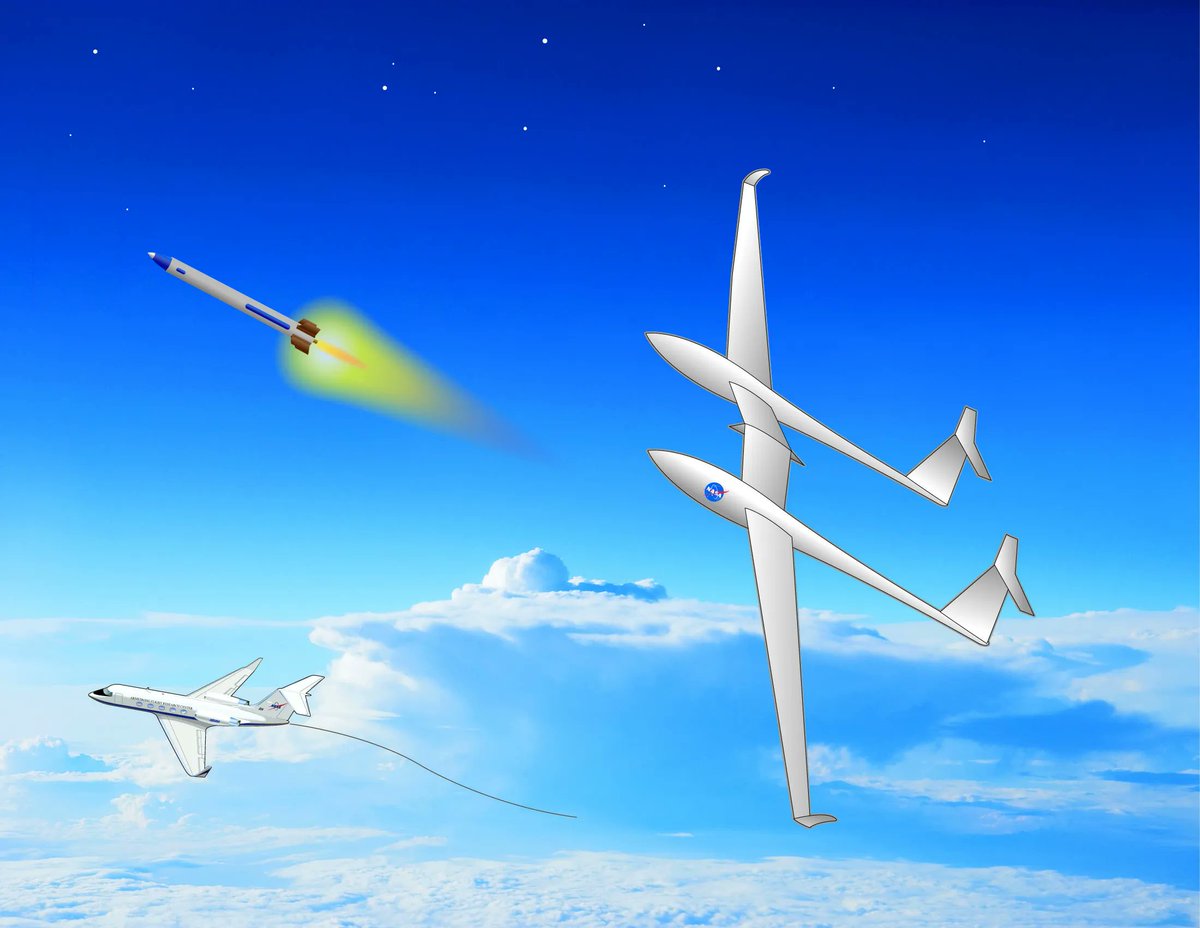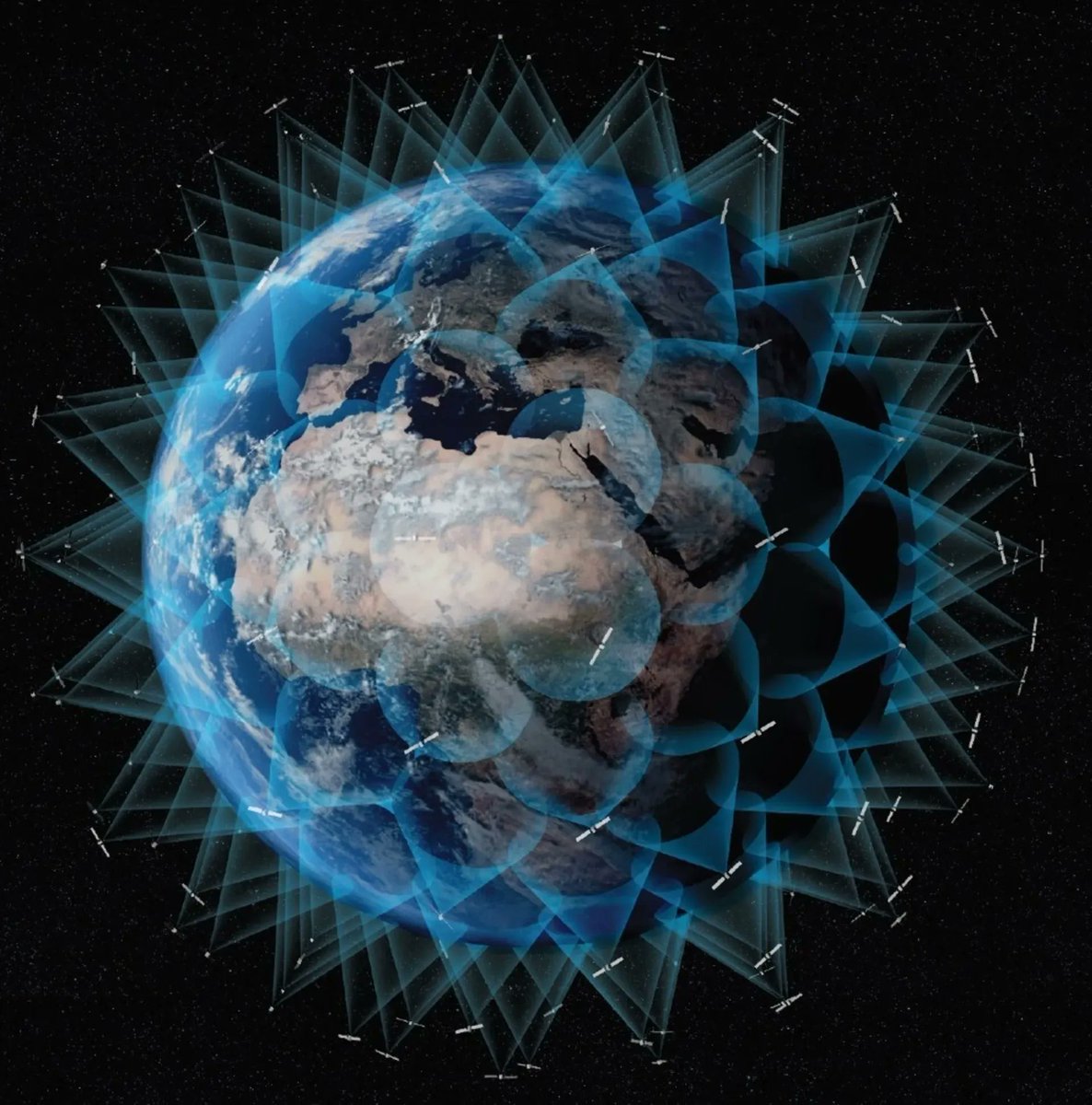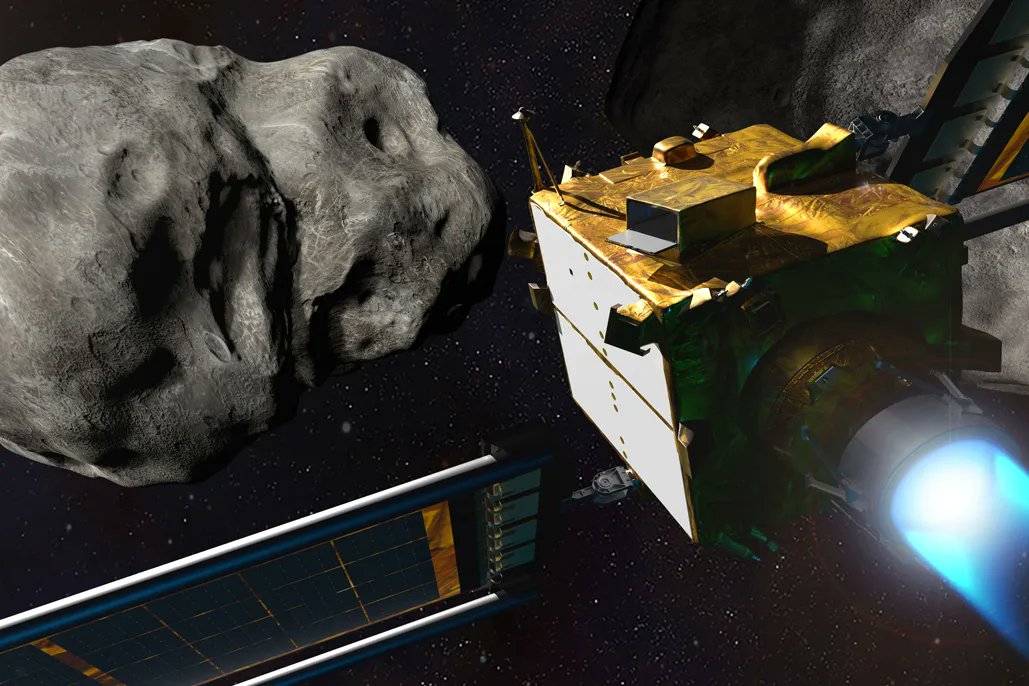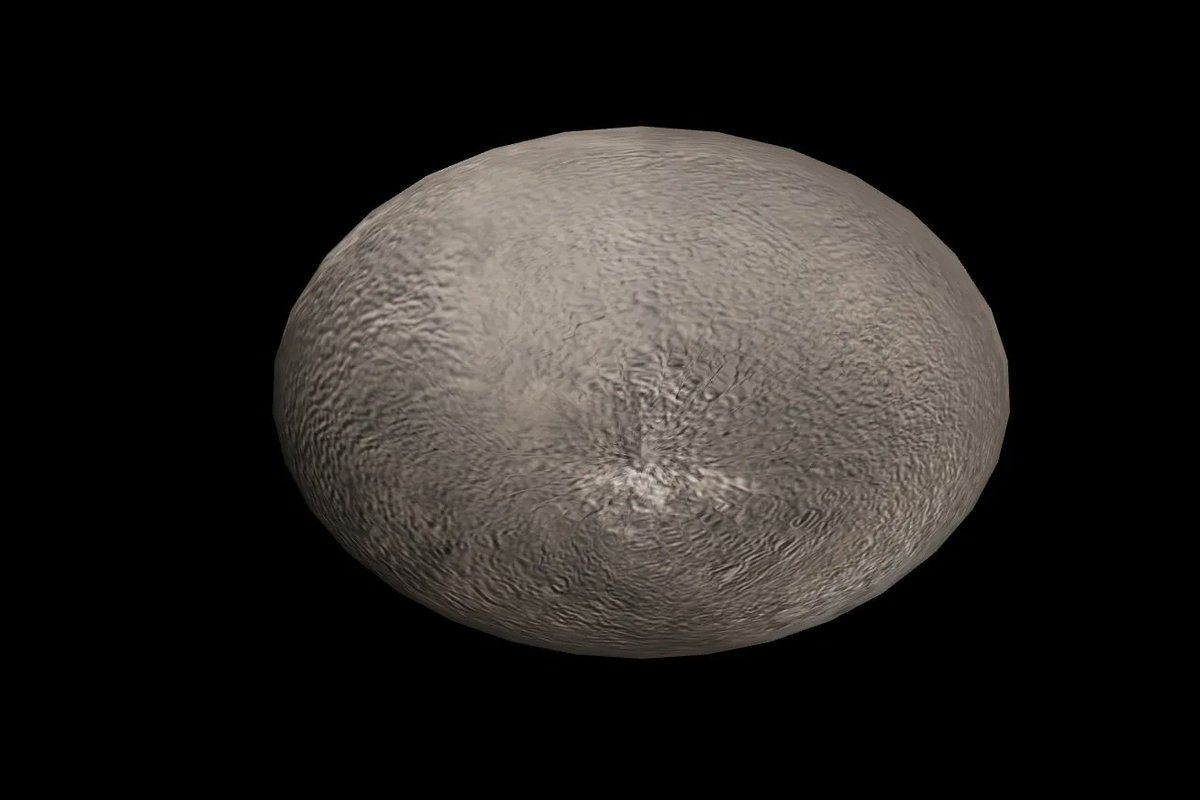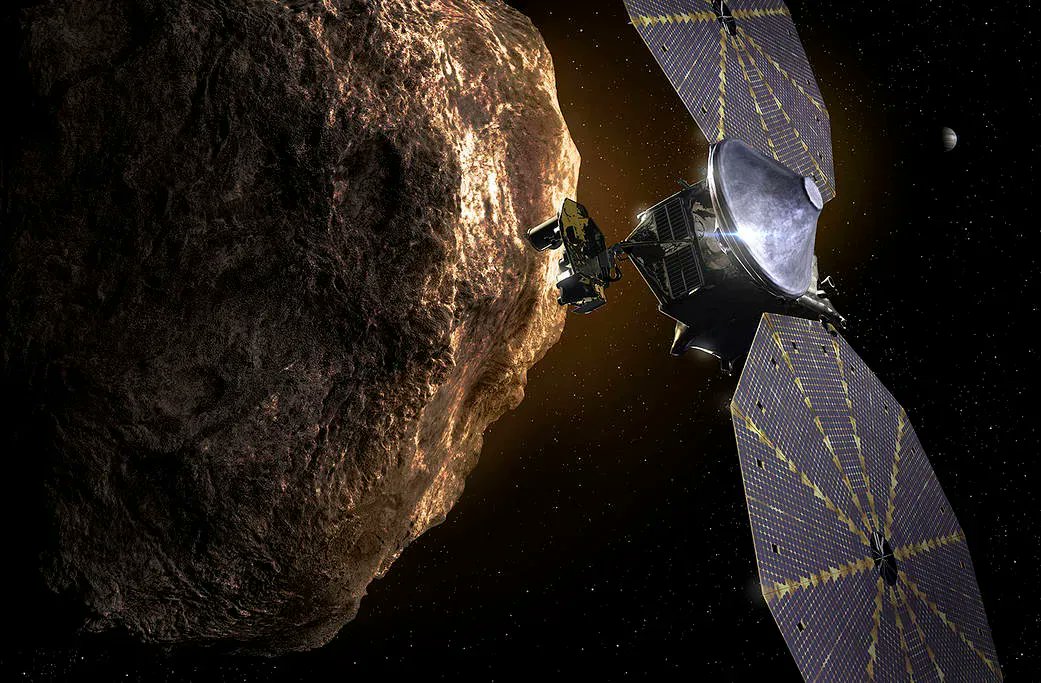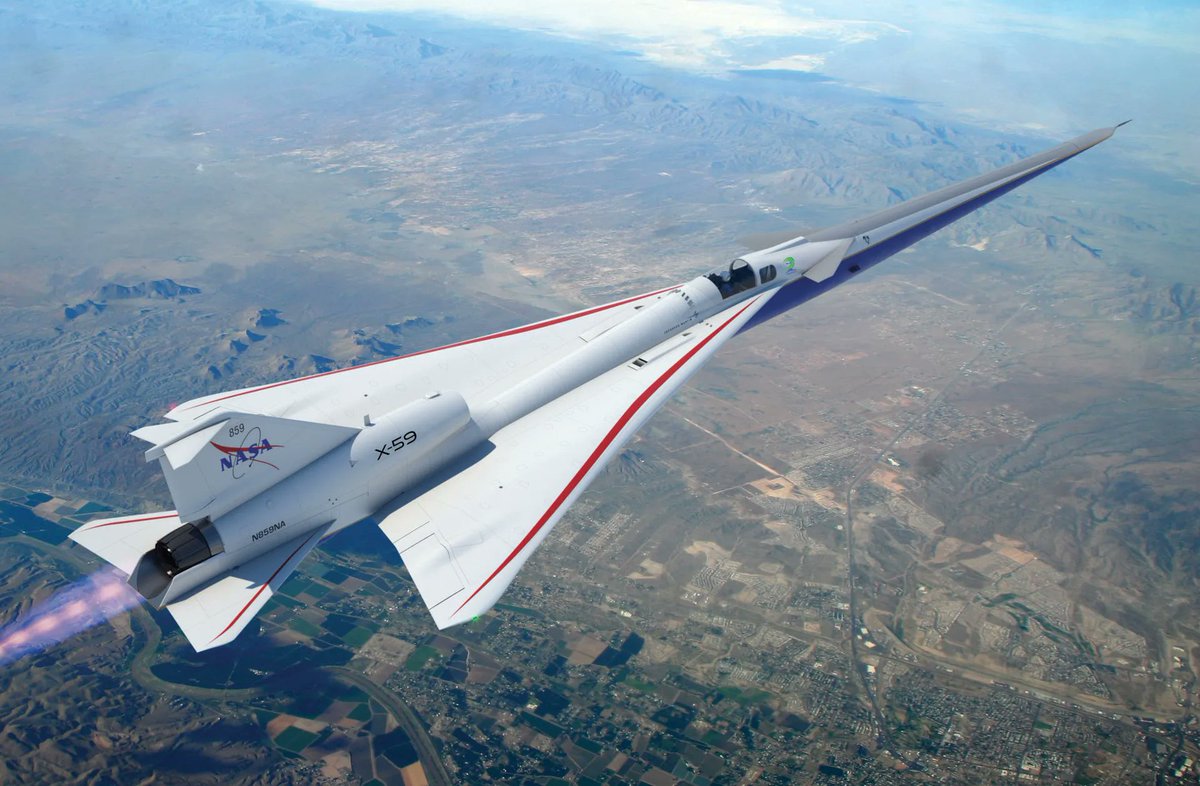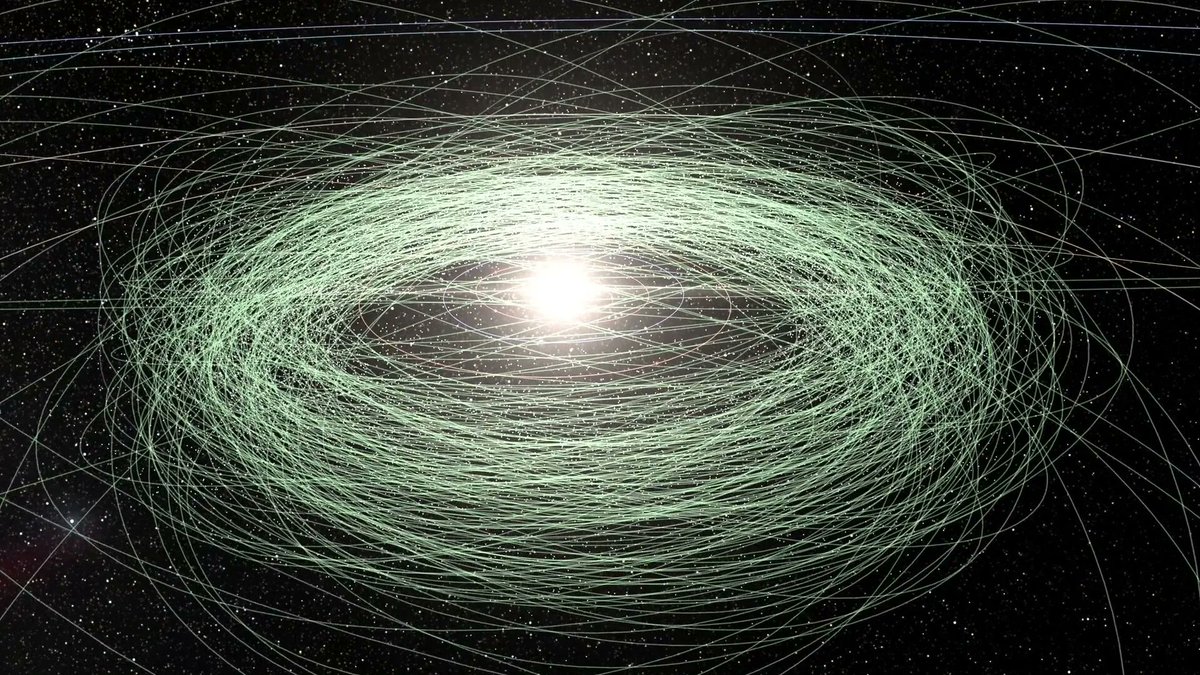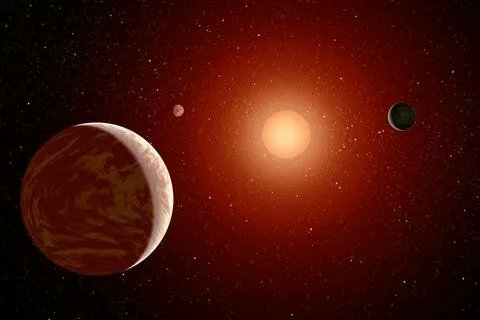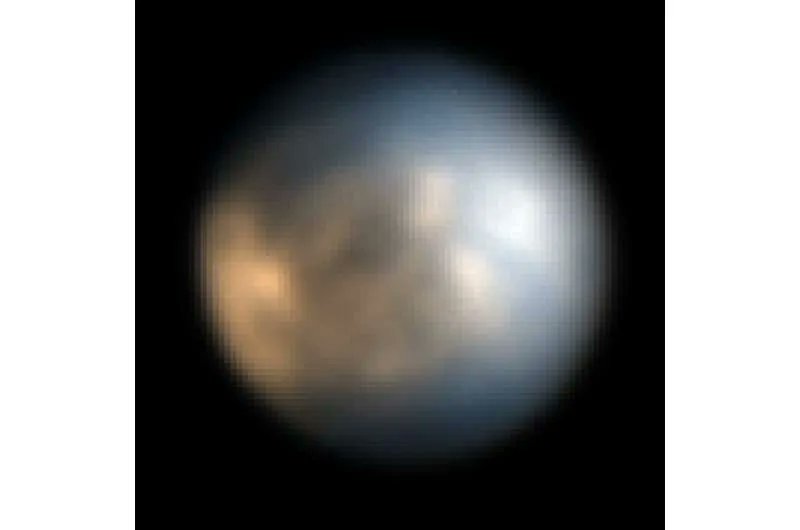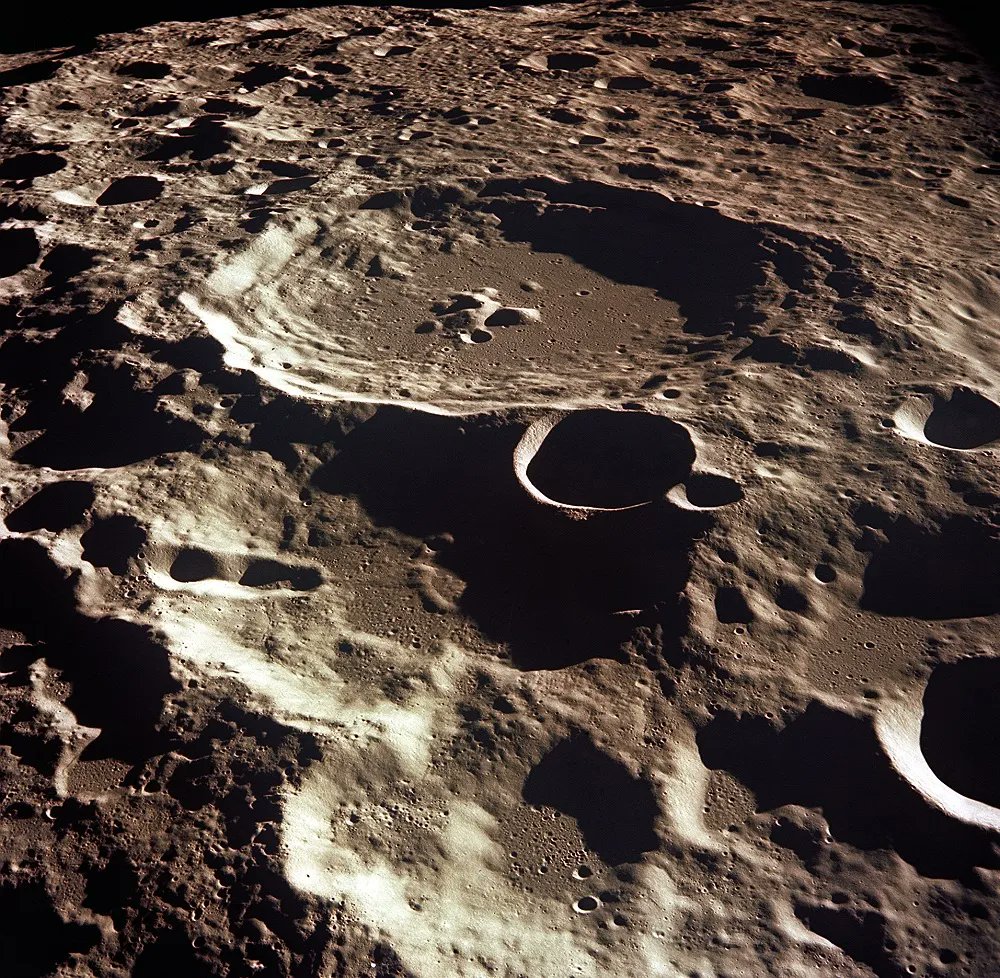Getting to space has almost always been a multi-stage process. Those stages typically took the form of different stages of chemical rockets, but it doesn’t have to be that way. Plenty of alternative options have been proposed, and one that NASA has been working on for almost a decade is getting closer to commercialization. The project, known as the Towed-Glider Air Launch System (TGALS), uses three very different stages – a business jet, and glider, and two separate rockets – sort of. But its main advantage means that any airport large enough to host a business jet could also become a spaceport.
Continue reading “NASA’s new Glider Could Turn any Airport Into a Spaceport”Navigation Satellites fly at 23,000 km Altitude. Europe Wants to Build a Constellation That Flies Much, Much Lower
Distances to different orbits can be hard to understand. For example, the ISS sits around 400 kilometers from Earth, whereas some satellites, such as Starlink, orbit at about 550 km. Often that is intentional, as objects in those orbits will eventually degrade their orbit and burn up in Earth’s atmosphere. However, many systems orbit a few orders of magnitude higher – such as the Galileo satellites that make up the backbone of the European Union’s satellite navigation network. At an orbit of around 23000 km, it has some advantages over lower-hanging satellites but also plenty of disadvantages too. Now, the EU was to eliminate some of those disadvantages by releasing a whole new set of lower-orbiting satnav satellites.
Continue reading “Navigation Satellites fly at 23,000 km Altitude. Europe Wants to Build a Constellation That Flies Much, Much Lower”When an Asteroid Gets Close to Earth, we get a Rare Opportunity to Learn What it’s Made of
Gravity calculations can provide plenty of insight into a variety of phenomena. Everything from Einstein rings to the rocket equation is at least partially dependent on gravity. Now an undergraduate student and professor team from MIT think they have a new use for gravity calculations – understanding the interior density of asteroids.
Continue reading “When an Asteroid Gets Close to Earth, we get a Rare Opportunity to Learn What it’s Made of”Dwarf Planet Haumea is one of the Stranger Objects in the Solar System. How did it get That way?
There’s still a raging debate in some circles as to whether Pluto should be a planet or not. Ask an astronomer, and their typical answer would be something like – if Pluto is a planet, then there are plenty of other bodies out there in the solar system that should be considered one too. One of those is Haumea, a little explored rock in the Kuiper belt that is one of the strangest large objects out there. Now, a team from NASA has a new idea as to how it got that way.
Continue reading “Dwarf Planet Haumea is one of the Stranger Objects in the Solar System. How did it get That way?”Lucy Zipped Past Earth to get a Gravitational Assist Towards Jupiter’s Trojans
Gravitational assists are marvels of orbital mechanics. Usually, they are done for a combination of fuel (i.e., cost) savings and speed, as it is sometimes faster to take multiple trips around planets in the inner solar system to reach locations in the outer solar system more quickly. Lucy recently made such a maneuver on its way out to the Trojan asteroids along Jupiter’s orbit, and its close pass was both a marvel of precision and speed.
Continue reading “Lucy Zipped Past Earth to get a Gravitational Assist Towards Jupiter’s Trojans”NASA is Hoping They can Break the Sound Barrier… Quietly
Seventy-five years is a long time for a technology to mature. In the case of supersonic flight, the technology has matured dramatically since Chuck Yaeger first broke the sound barrier on October 14th, 1947. However, you might notice that currently, you can’t hop on a commercial supersonic jet. The reason is simple, close to seventy-five years after the technology was first developed, NASA thinks it might have a solution for its biggest hurdle.
Continue reading “NASA is Hoping They can Break the Sound Barrier… Quietly”Astronomers Have Found More Than 30,000 Near-Earth Asteroids… so far
Asteroid hunters have become increasingly good at their job. The discipline, which took a back seat in the early days of astronomy, has really come into its own as of late. Once the general public, probably spurred on by popular 1990s movies like Deep Impact and Armageddon, realized the potentially existential threat they posed, support for finding all asteroids that could be planet killers skyrocketed. At this point, astronomers think that most planet-killing asteroids have been found and have worked their way down to much smaller but still devastating impactors. And now they’ve reached a new milestone with over 30,000 Near Earth Asteroids (NEAs) officially discovered.
Continue reading “Astronomers Have Found More Than 30,000 Near-Earth Asteroids… so far”If we Detect This gas on Other Planets, it’s a Good Sign There’s Life There
Here is an idea that likely never crossed the mind of most space enthusiasts – a gas emitted from broccoli (and other plants) is one of the most indicative signs of the existence of life on a planet. At least according to a new study from researchers at the University of California Riverside.
Continue reading “If we Detect This gas on Other Planets, it’s a Good Sign There’s Life There”New Views of Ganymede and Europa From Earth’s Most Powerful Telescope
Scouting mission locations in the outer solar system is complicated. It is difficult to know what you find before you get there with a probe, and once you’re already there, changing trajectories to look at the most exciting parts of the system is difficult. A much better option would be to map out the system in detail before the probe arrives. That is precisely what a team at the University of Leicester is doing in the expectation of the arrival of the JUICE and Europa Clipper probes to the Jupiter system.
Continue reading “New Views of Ganymede and Europa From Earth’s Most Powerful Telescope”SpaceIL’s Beresheet 2 Lander Will try Growing Various Plants on the Moon
Where better to grow plants that on the Moon? Well, lots of places, to be honest, including almost everywhere on planet Earth. But that’s not going to stop people from trying to do so – especially as plants grown in space are going to be critical to any long-term space exploration program, and the Moon seems as good a place as any to do that. So the idea of a team of scientists from Australia, Israel, South Africa, and the US to grow some plants on the Moon by 2025 might not be as far-fetched as it seems.
Continue reading “SpaceIL’s Beresheet 2 Lander Will try Growing Various Plants on the Moon”
